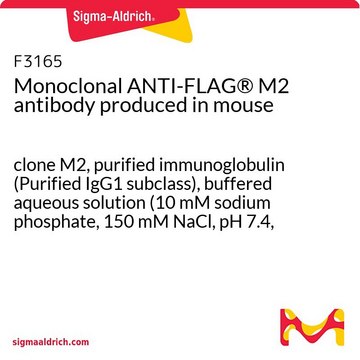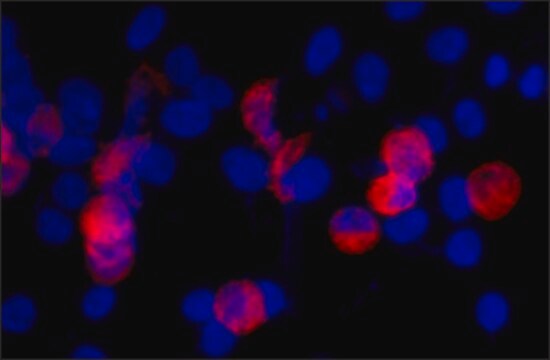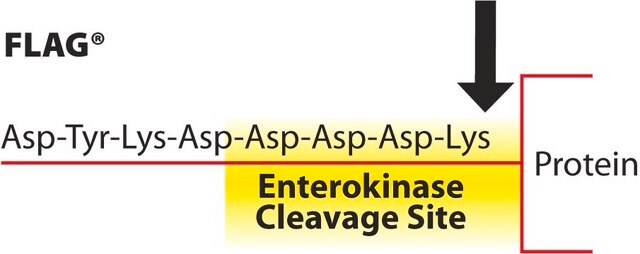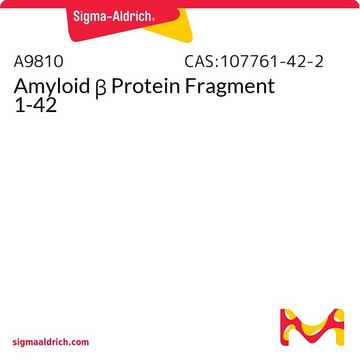B7554
Anticorps anti-c-Myc
clone 9E10, purified from hybridoma cell culture
Synonyme(s) :
Anti-c-Myc, Monoclonal Anti-c-Myc−Biotin antibody produced in mouse
About This Item
Produits recommandés
Source biologique
mouse
Conjugué
biotin conjugate
Forme d'anticorps
purified from hybridoma cell culture
Type de produit anticorps
primary antibodies
Clone
9E10, monoclonal
Forme
buffered aqueous solution
Espèces réactives
human
Concentration
0.8 mg/mL
Technique(s)
western blot (chemiluminescent): 0.05-0.1 μg/mL using an extract of 293T cells or E. coli cells expressing c-Myc tagged fusion protein
Numéro d'accès UniProt
Conditions d'expédition
dry ice
Température de stockage
−20°C
Modification post-traductionnelle de la cible
unmodified
Informations sur le gène
human ... MYC(4609)
Vous recherchez des produits similaires ? Visite Guide de comparaison des produits
Description générale
Spécificité
Immunogène
Application
Enzyme-linked immunosorbent assay (1 paper)
Forme physique
Vous ne trouvez pas le bon produit ?
Essayez notre Outil de sélection de produits.
Code de la classe de stockage
10 - Combustible liquids
Classe de danger pour l'eau (WGK)
nwg
Point d'éclair (°F)
Not applicable
Point d'éclair (°C)
Not applicable
Faites votre choix parmi les versions les plus récentes :
Déjà en possession de ce produit ?
Retrouvez la documentation relative aux produits que vous avez récemment achetés dans la Bibliothèque de documents.
Notre équipe de scientifiques dispose d'une expérience dans tous les secteurs de la recherche, notamment en sciences de la vie, science des matériaux, synthèse chimique, chromatographie, analyse et dans de nombreux autres domaines..
Contacter notre Service technique








